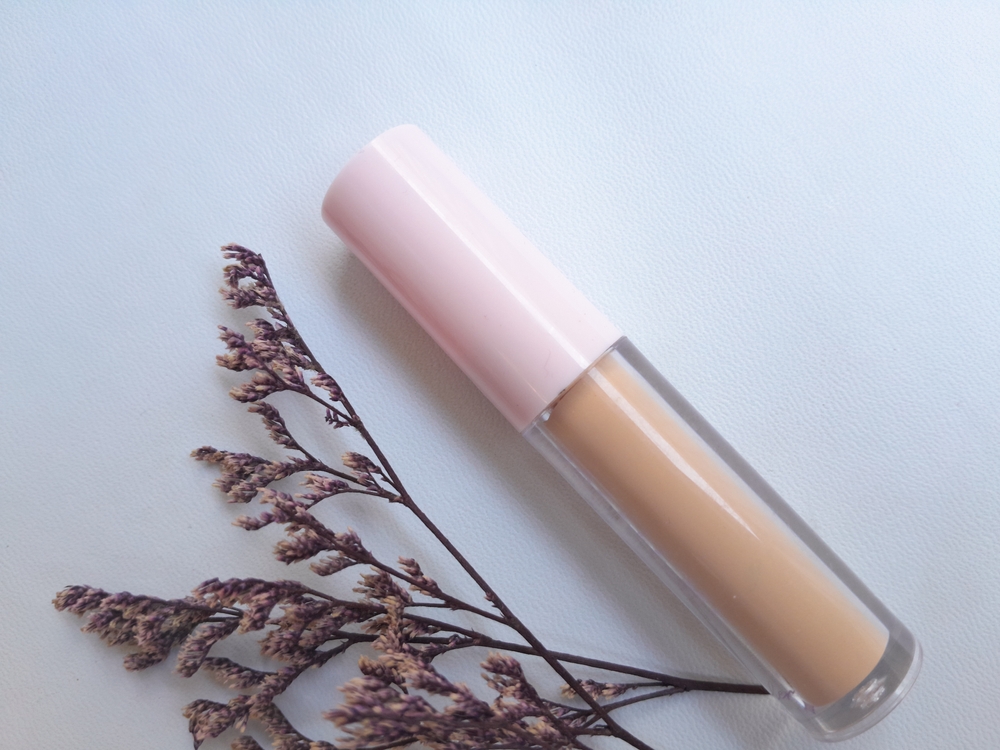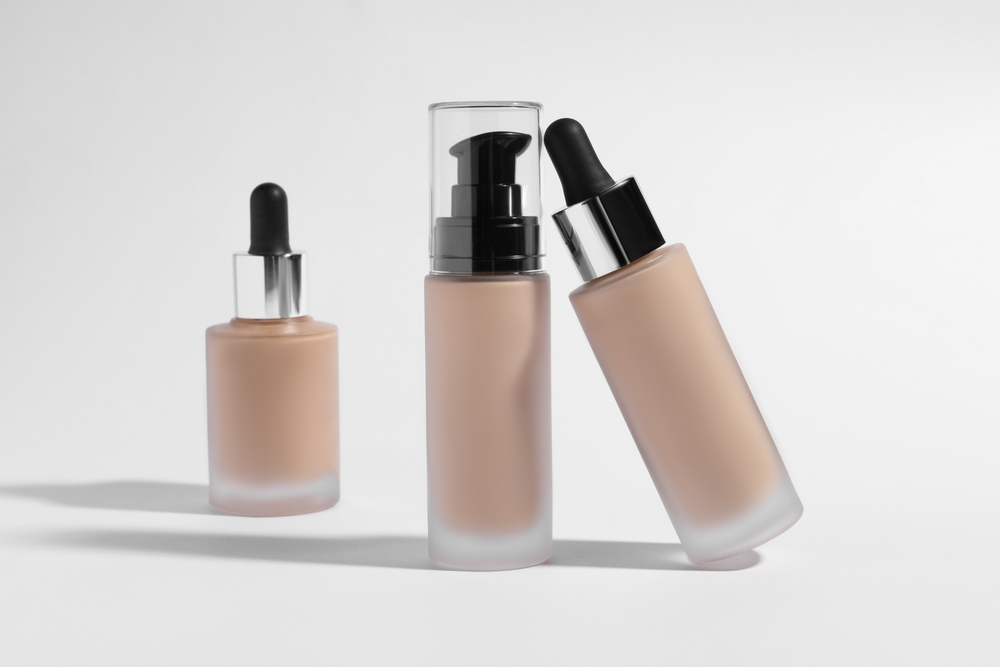Introduction
When it comes to makeup, the terms “concealer” and “foundation” are often used interchangeably. However, they serve distinct purposes and are applied in different ways. In this blog post, we’ll delve into the differences between concealer and foundation, explore their uses, and provide tips on how to apply them effectively.
Concealer: Your Spot Treatment
Concealer is a targeted product designed to cover blemishes, dark circles, and other imperfections. It typically comes in a thicker consistency than foundation and is applied directly to the areas you want to conceal.
Key Uses of Concealer:
- Dark circles: Concealer can help brighten the under-eye area and reduce the appearance of dark circles.
- Blemishes: It effectively covers pimples, acne scars, and other blemishes.
- Hyperpigmentation: Concealer can be used to mask dark spots or hyperpigmentation.
- Color correction: Certain concealers are formulated to neutralize specific skin tones, such as green for redness or yellow for dark circles.

Types of Concealer:
- Liquid concealer: This is the most common type, offering a blendable and buildable coverage.
- Cream concealer: Cream concealers provide a thicker, more opaque coverage, often used for full coverage.
- Stick concealer: Stick concealers are convenient and easy to apply, but they may be less blendable.
Foundation: Your Skin’s Evener
Foundation is a product that creates an even base for your makeup. It helps to even out your skin tone, minimize pores, and provide a smooth canvas for the rest of your makeup.
Key Uses of Foundation:
- Even skin tone: Foundation helps to mask imperfections and create a more uniform complexion.
- Sun protection: Many foundations contain SPF to protect your skin from harmful UV rays.
- Hydration: Some foundations are formulated to moisturize and hydrate the skin.
- Matte finish: Matte foundations provide a non-shiny finish, ideal for oily or combination skin.
- Dewy finish: Dewy foundations create a radiant and luminous effect, suitable for dry or normal skin.
Types of Foundation:
- Liquid foundation: Liquid foundations are the most versatile and widely used type.
- Cream foundation: Cream foundations offer a thicker, more opaque coverage, ideal for those with more pronounced imperfections.
- Powder foundation: Powder foundations provide a matte finish and are often used to set liquid or cream foundations.
- Tinted moisturizer: Tinted moisturizers offer a lighter, more natural coverage and hydration benefits.

How to Apply Concealer and Foundation
- Get your skin ready: Cleanse, tone, and moisturize before putting on any makeup.
- Apply concealer: Use a concealer brush or your finger to apply concealer directly to the areas you want to conceal. Blend the edges carefully.
- Apply foundation by using a foundation brush, sponge, or your fingers to cover your entire face. Blend thoroughly to achieve a smooth transition between your concealer and foundation.
- Set with powder: If desired, set your concealer and foundation with a translucent powder to help it stay in place.
Choosing the Right Products
When selecting concealer and foundation, consider your skin type, desired coverage, and skin tone. It’s often helpful to test products on your skin before purchasing to ensure they match your needs.
Conclusion
Concealer and foundation are essential tools for achieving a flawless complexion. By understanding their differences and using them correctly, you can enhance your natural beauty and create a radiant look. Keep in mind that practice leads to improvement, so try out various products and techniques to discover what suits you best.

